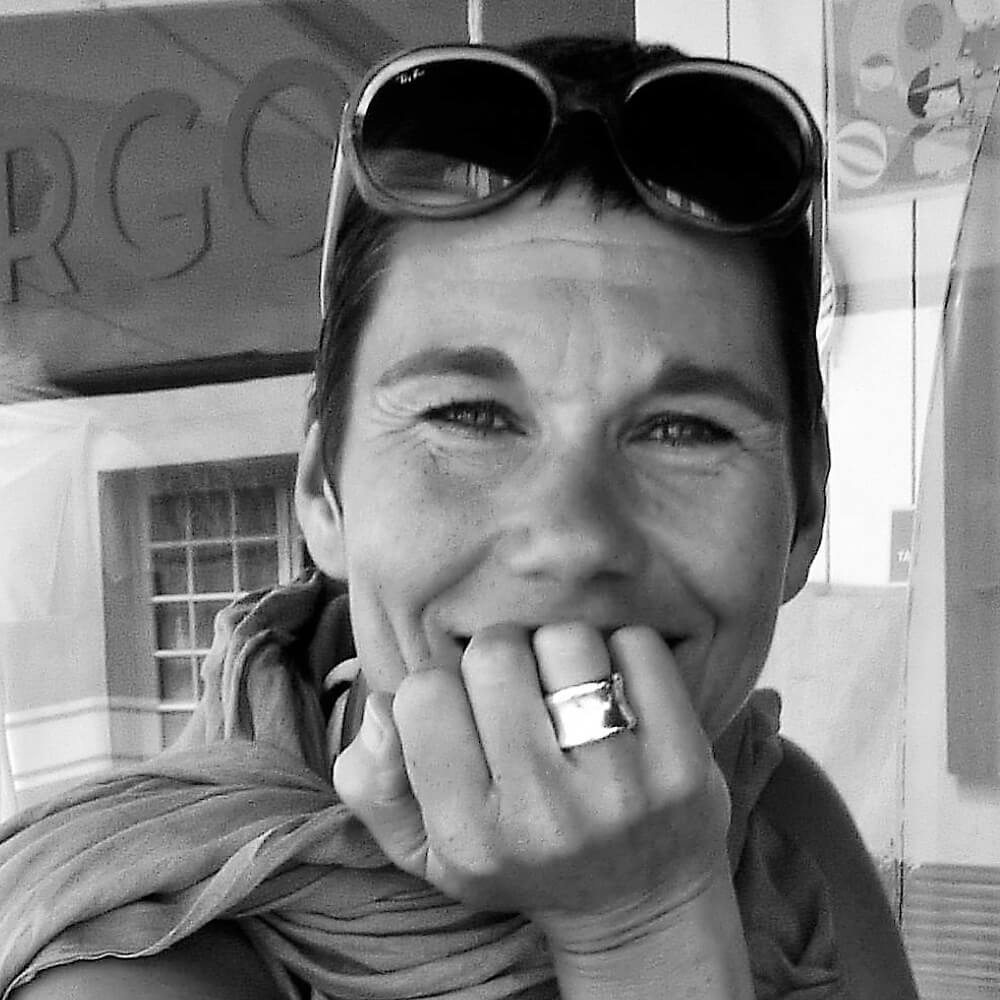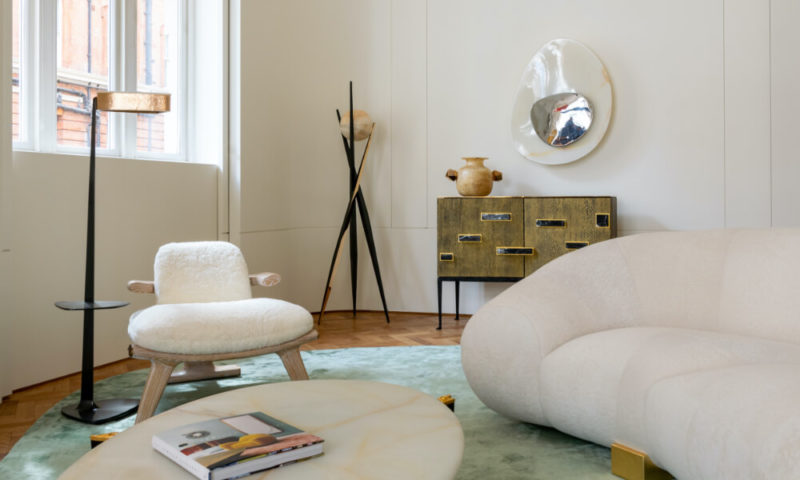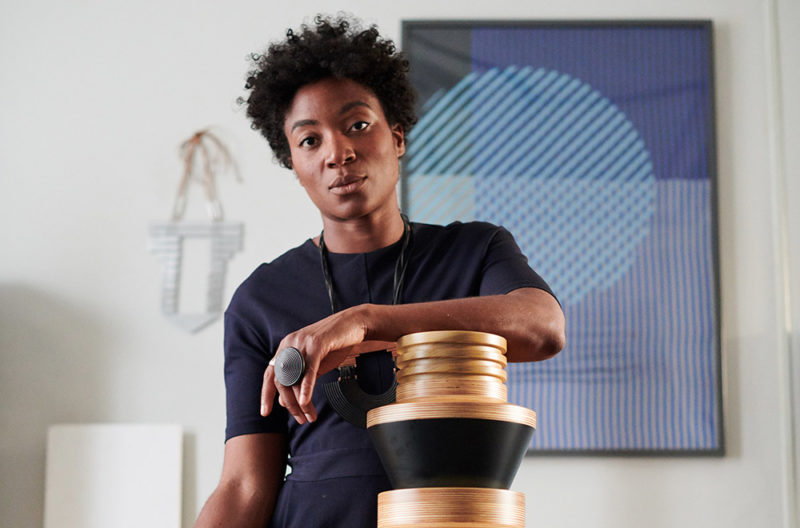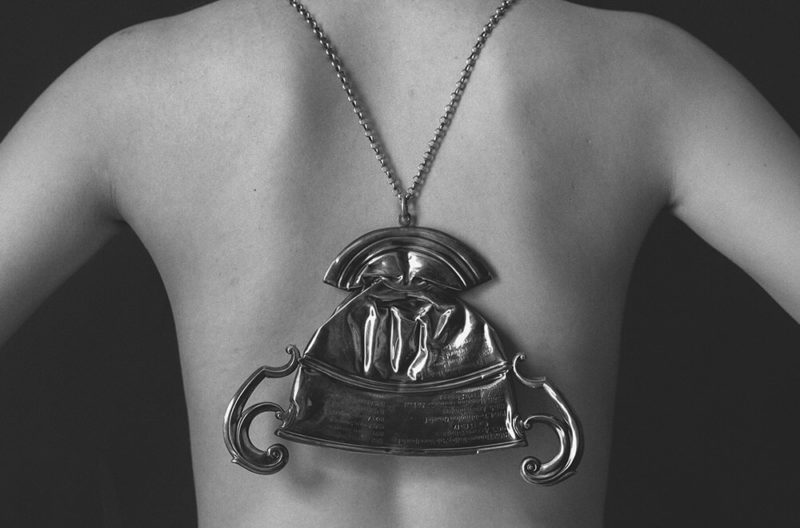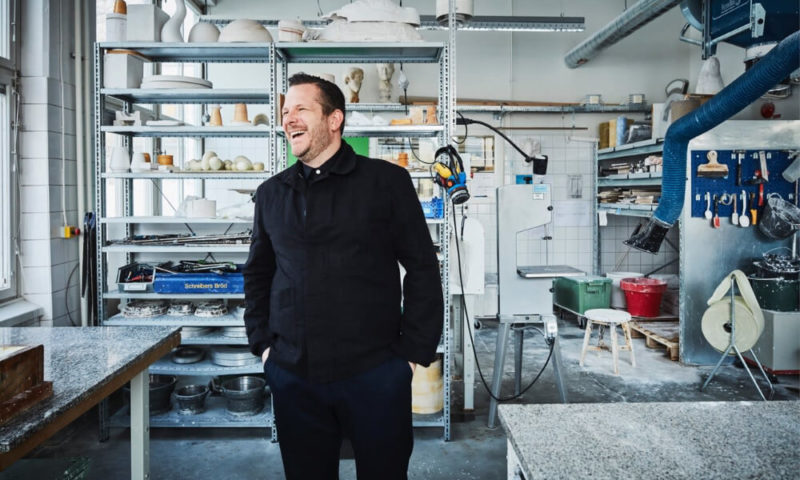Jewellery Collectors
One brooch, then another, before too long it's a collection. Four connoisseurs reveal why ...
Goldsmithsfair.co.uk
24th September – 6th October 2020
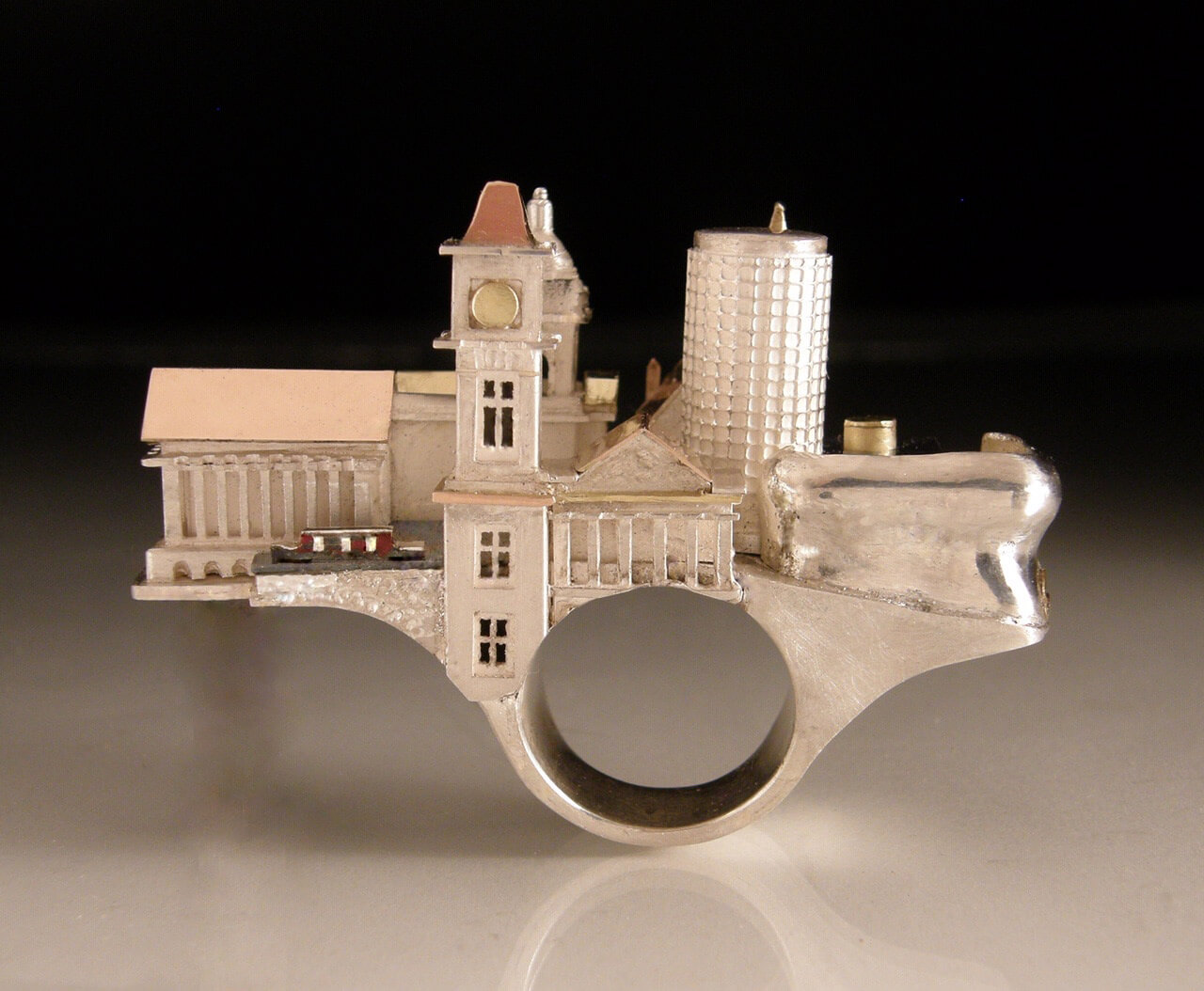
Vicki Ambery-Smith, ‘Birmingham City’ ring
COURTESY: Vicki Ambery-Smith
AS THE VIRUTAL doors open on this year’s Goldsmiths Fair, Charlotte Abrahams spoke to four passionate jewellery collectors about their love affairs with necklaces, rings, bangles and brooches.
HELEN W. DRUTT ENGLISH
Educator, curatorial consultant and, from 1973-2002 Founder/Director of the eponymous and pioneering contemporary craft gallery
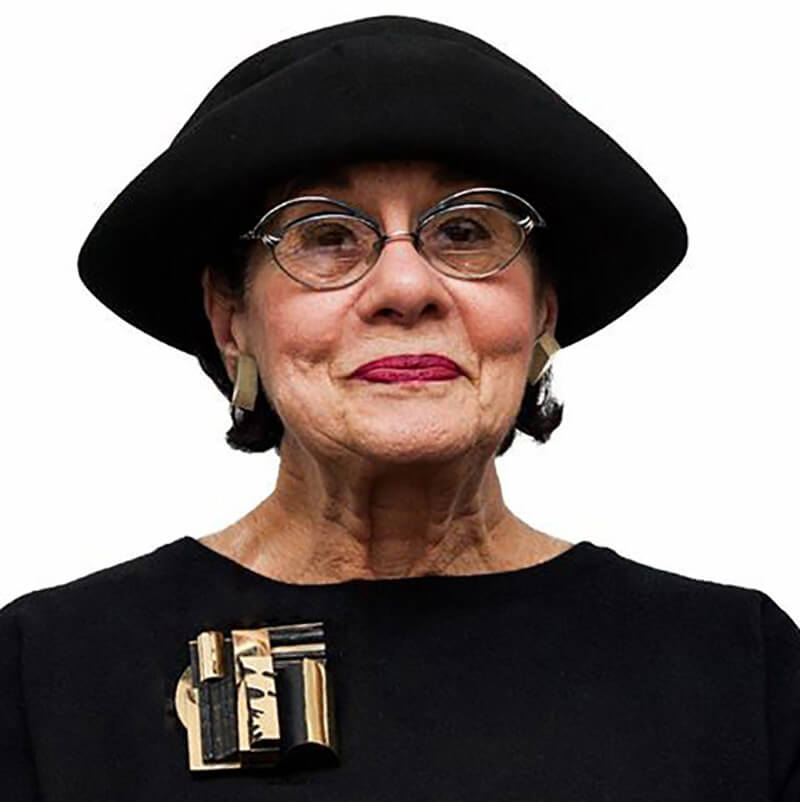
Helen W. Drutt English wearing a brooch by Louise Nevelson
COURTESY: Helen Drutt / PHOTOGRAPH: Alexei Palhomov
“I started collecting jewellery because its portability as an art object allowed me to talk about the resurgence of all crafts. I bought my first contemporary piece, a Stanley Lechtzin Brooch made from tourmaline, crystal pearl and electroformed silver, in 1967. Four decades later, the exhibition ‘Ornament as Art: Avant-Garde Jewellery from the Helen Williams Drutt Collection’ opened at the Museum of Fine Arts, Houston and I thought “that’s it, now I can stop collecting and concentrate on teaching and writing.” But the urge to look can’t be quelled.
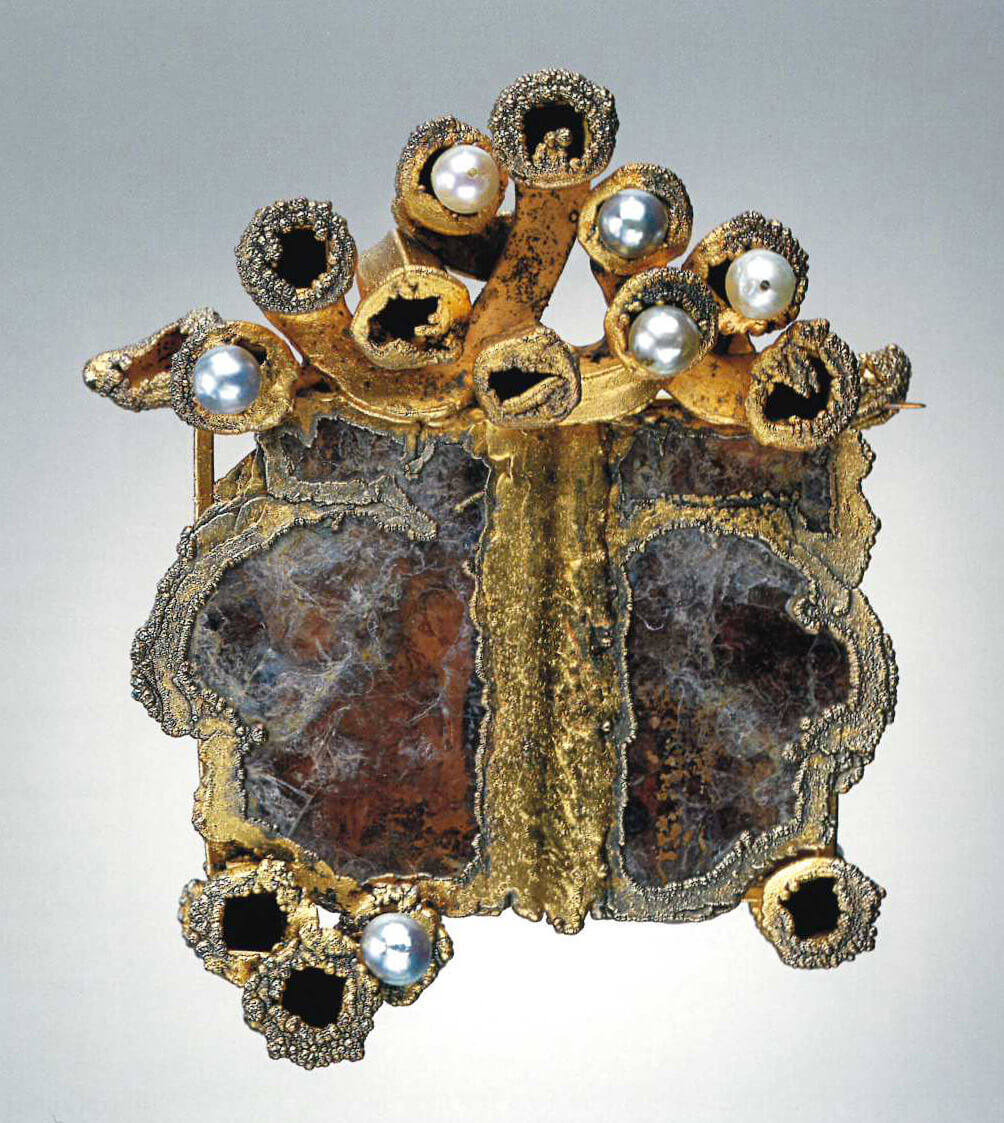
Stanley Lechtzin, ‘Brooch 64-B3’, 1969
COURTESY: Helen Williams Drutt Collection, Museum of Fine Arts, Houston and The Goldsmiths’ Company
I seek ideas and concepts I’ve never seen before, but I also want to make sure that whoever made the piece has understood, technically, how to make it. That’s one of the great differences between a mainstream artist and a craftsman. An artist will conceive something but not necessarily fabricate it, whereas, in the crafts, the conception and realisation are usually joined. And above all, I want a piece that takes me somewhere aesthetically I’ve never been before.
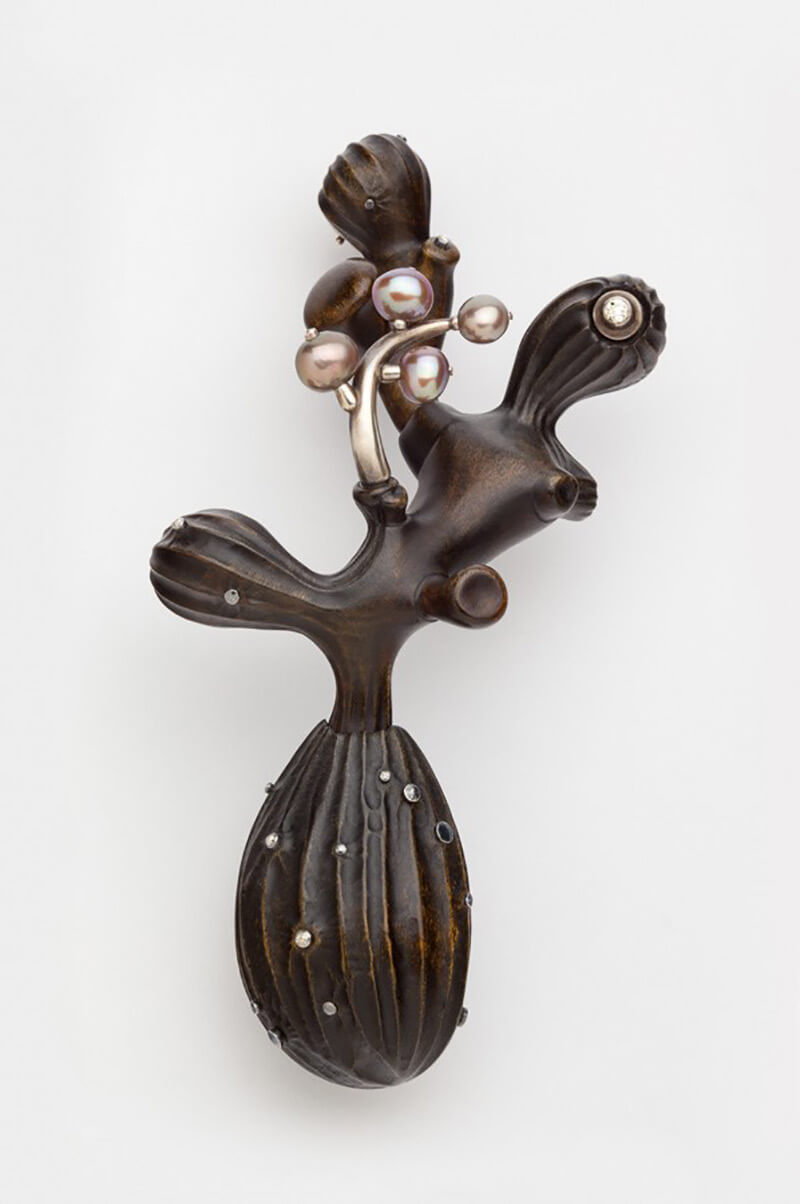
Sharon Church, ‘Persephone’s Bouquet’, 2011
COURTESY: Collection of Metropolitan Museum of Art, New York, Gift of Helen Williams Drutt Family Collection
Jewellery is in a very innovative, revolutionary place at the moment. I’m following a few people, including Sharon Church, who for me, is one of America’s major metalsmiths, and the Spanish jeweller Ramón Puig Cuyàs – his pieces have a constructivist sensibility. And things are happening with computer-aided design that I would never have believed possible. I was anti-CAD at first – after all, the hand is a sign of survival in a mechanised world – but I was looking at a necklace by [US-based artist and educator] Doug Bucci recently made from interlocking lattice beads that couldn’t possibly have been made by hand. It was so beautifully light and buoyant that I’m trying to be more accepting.”
GREGORY PARSONS
Freelance curator, exhibition and retail consultant
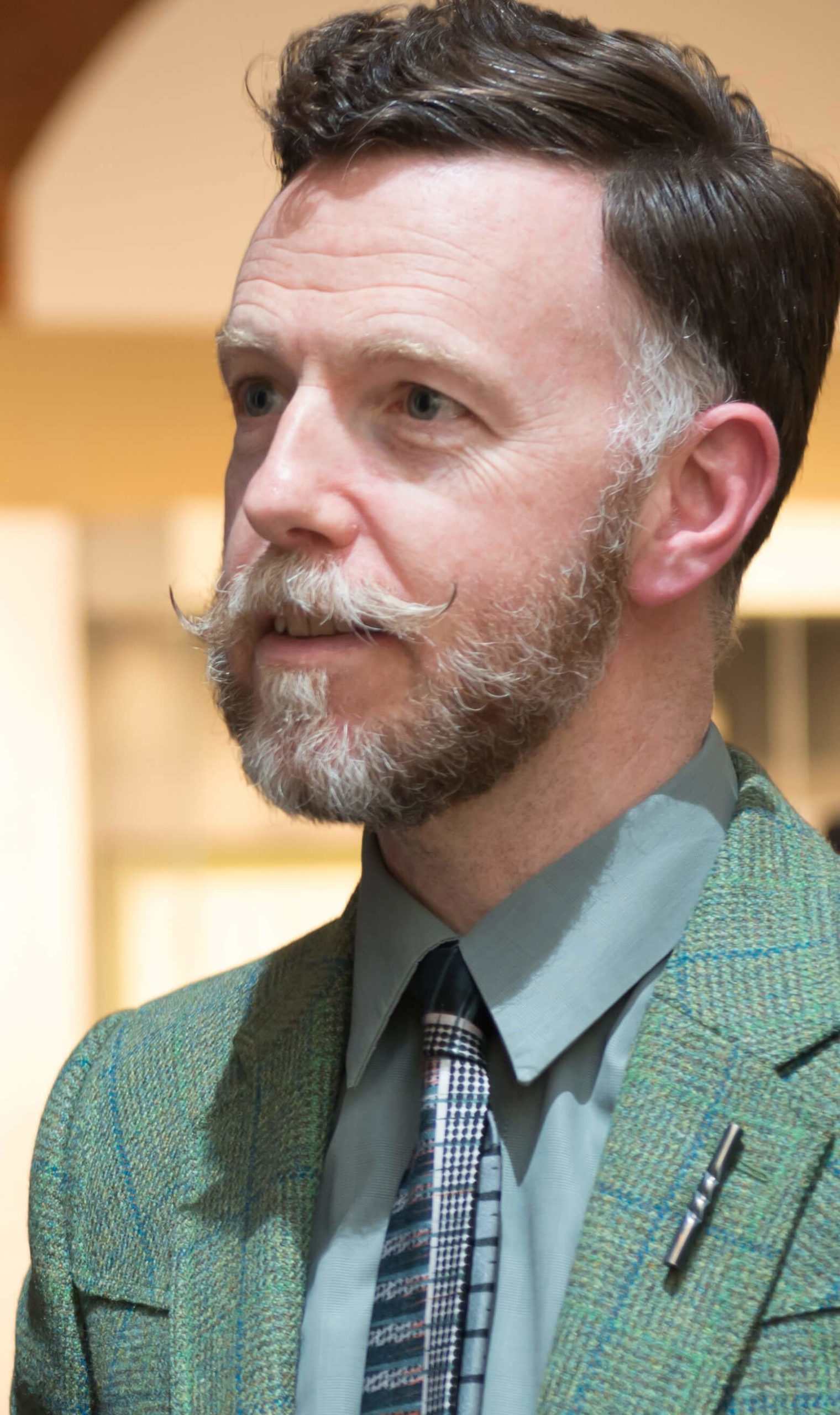
Gregory Parsons wearing a Kathleen Makinson brooch
COURTESY: © The Goldsmiths’ Centre / PHOTOGRAPH: Julia Skupny
“I find the lure of brooches a little too much to resist and I rarely go out without one attached to my jacket or coat. I’ve been buying brooches for over a decade now, but I didn’t think of myself as a collector until last year when, while I was working as Interim Deputy Curator – Contemporary at the Goldsmiths’ Company, someone asked me how many brooches I had. 25 I realised.
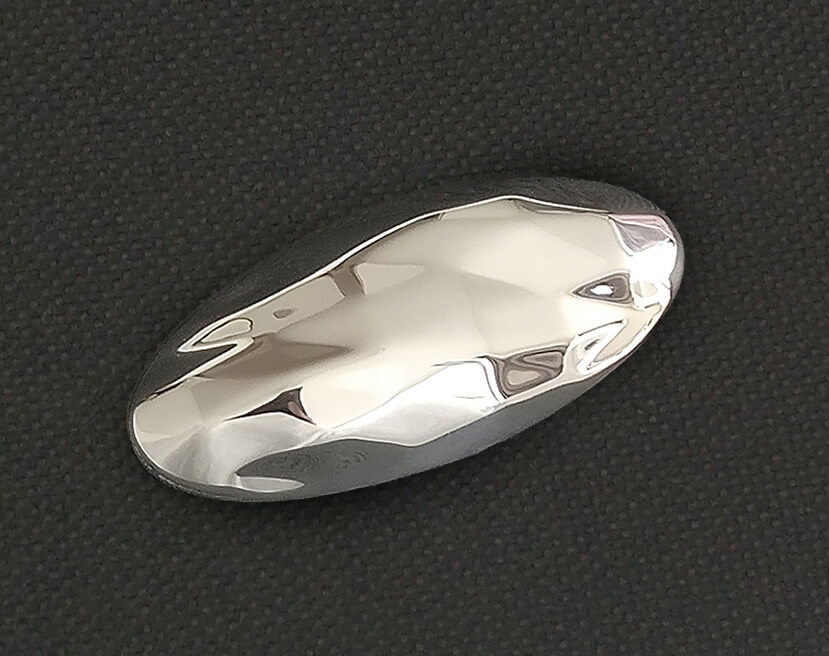
Kathryn Hinton, ‘Oval faceted press formed brooch’, 2020
COURTESY: Gregory Parsons Collection
I am interested in the build quality and the technique but, really, I’m looking for difference; for something new. I’ve been following Edinburgh-based jeweller Kathryn Hinton for a while because she combines traditional ideas with digital processes and new technologies. I bought a press-formed silver, multi-faceted brooch from her recently which has this absolutely gorgeous, fine-textured detail based on traditional hammer strikes and made using CAD software.
Sheng Zhang is another silversmith/jeweller I’m watching. He is inspired by minimalist art, contemporary architecture and geometrical form and his ‘Off Vertical’ brooches are adaptations of his large-scale sculptural objects. I bought one and it’s the piece I wear the most because it’s really quiet, but substantial at the same time.
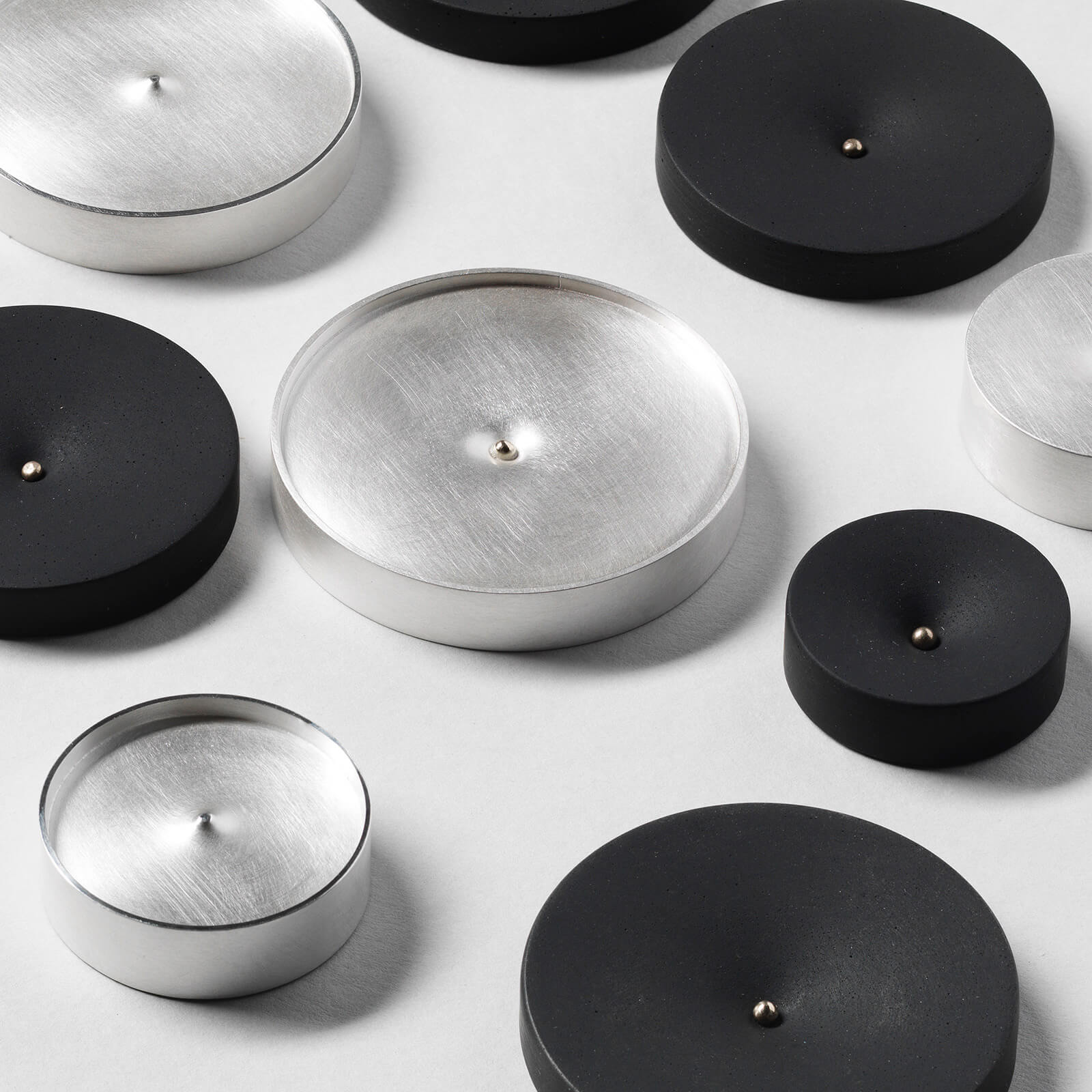
Sheng Zhang brooches, 2018
COURTESY: Sharon Tofts
I respond to brooches as objects but I always want to wear them. I see the act of wearing a brooch as a bit of decoration, but it’s not to be showy; it’s about making connections, both with the makers and with other people because brooches often start conversations.”
JOANNA STERLING
Collector and writer
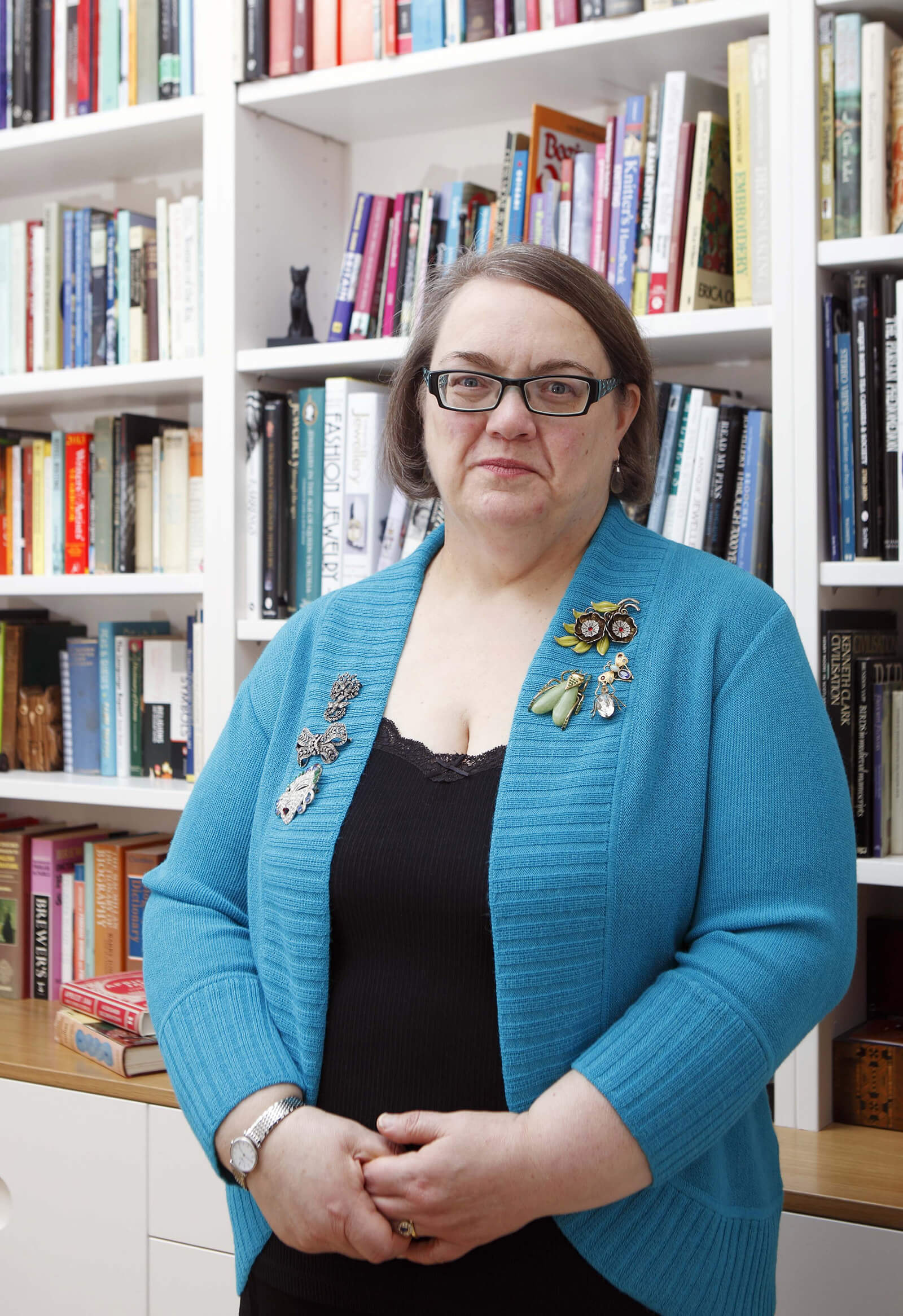
Joanna Sterling
COURTESY: Joanna Sterling
“A necklace is a necklace, but a brooch holds so much possibility. I have 918 at present, which I keep in a cabinet that used to hold Charles Darwin’s samples in the Natural History Museum. They are organised by date on the left-hand side, beginning in the 18th century, and on the right by designer and country. It is a collection, of course, but I don’t think about legacy or monetary value when I buy. I buy for myself and my basic rule is that I must be able to wear it. I wear every piece, sometimes in clusters of three or four. After that, I look for technique and craftsmanship; preciousness is of no interest. I have a brooch by Bristol-based artist Emmeline Hastings, for example, made from black acrylic hand-carved to look like coal and adorned with metallic scales. It’s so unexpected and elegant.
I often commission jewellers too because I like the idea of uniqueness. Jo McAllister recently made me a brooch based on one of her rings – it’s a little pencil case made from solid silver and inside is a set of miniature coloured pencils.
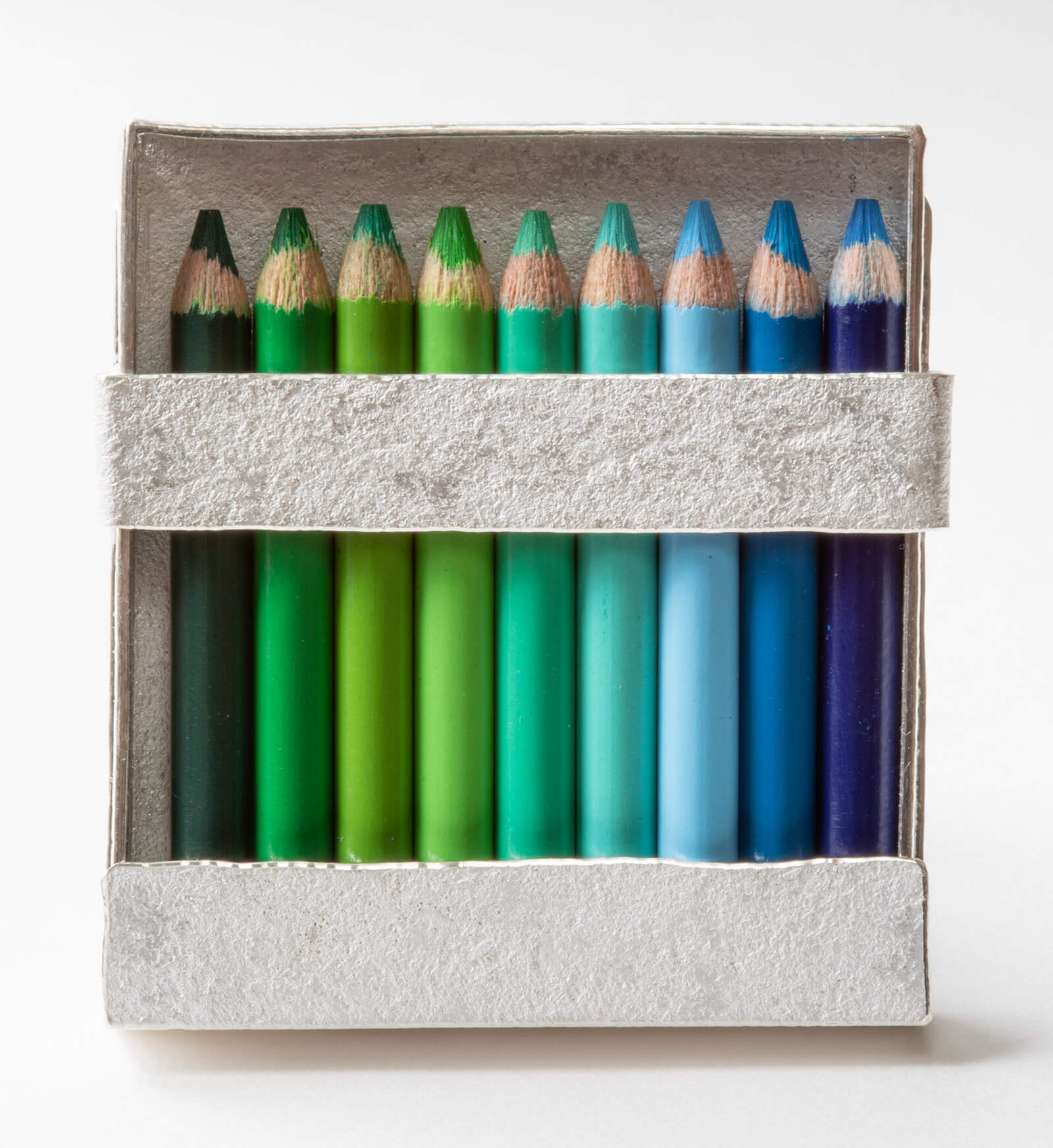
Jo McAllister, ‘Colourbox’ brooch
COURTESY: Joanna Sterling Collection / PHOTOGRAPH: Alexander Brattell
I really enjoy the playfulness of that. I worked with recent graduate Ella Fearon-Low too on a very glamorous brooch made from acrylic, pearls and silver gilt.
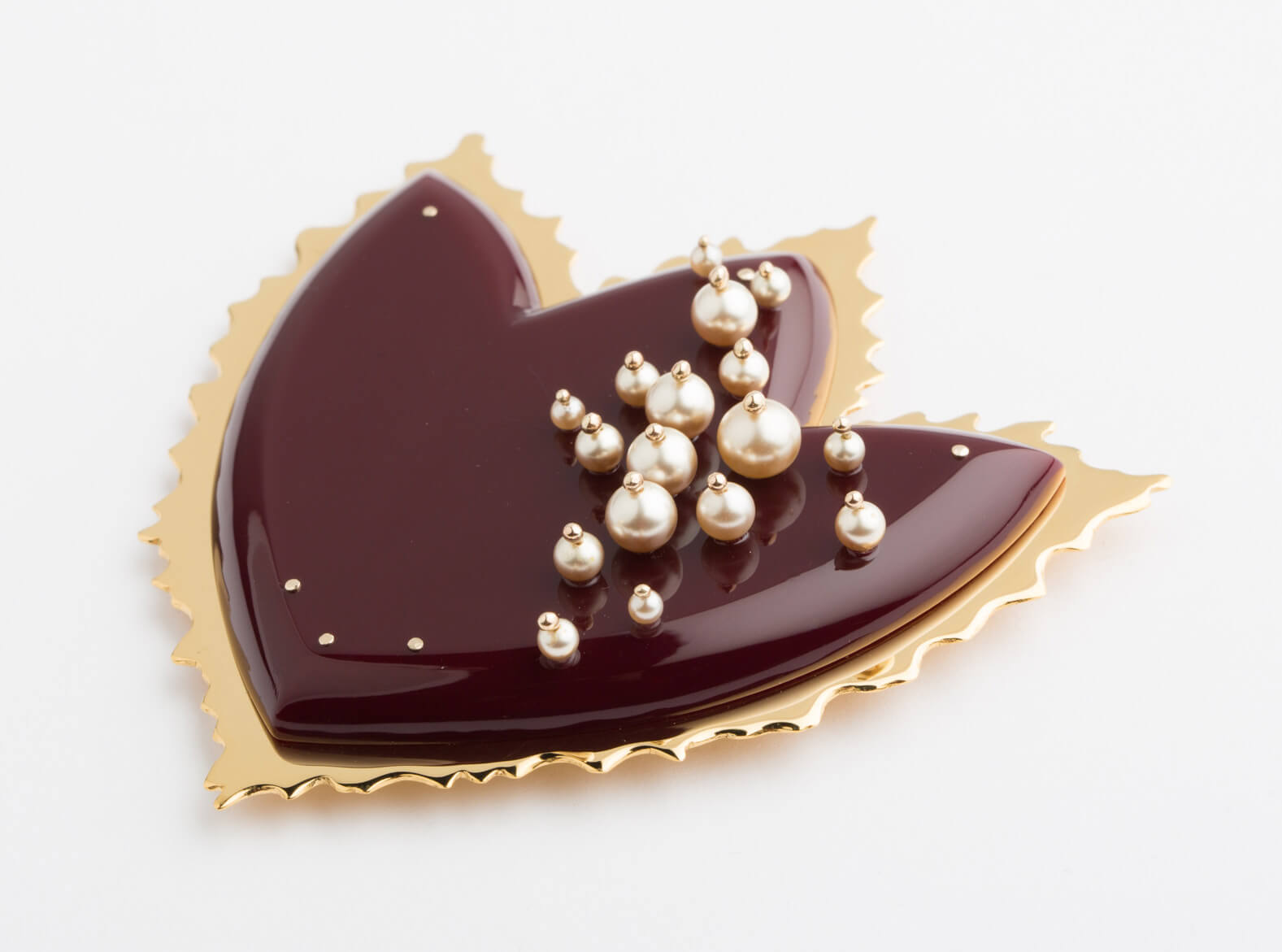
Ella Fearon, ‘Low’, 2019
COURTESY: Joanna Sterling collection
There are three spare drawers in the cabinet so I still have room for manoeuvre. What will I do when they’re full? Get a larger cabinet I suppose …”
ROBERT TAYLOR
Photographer
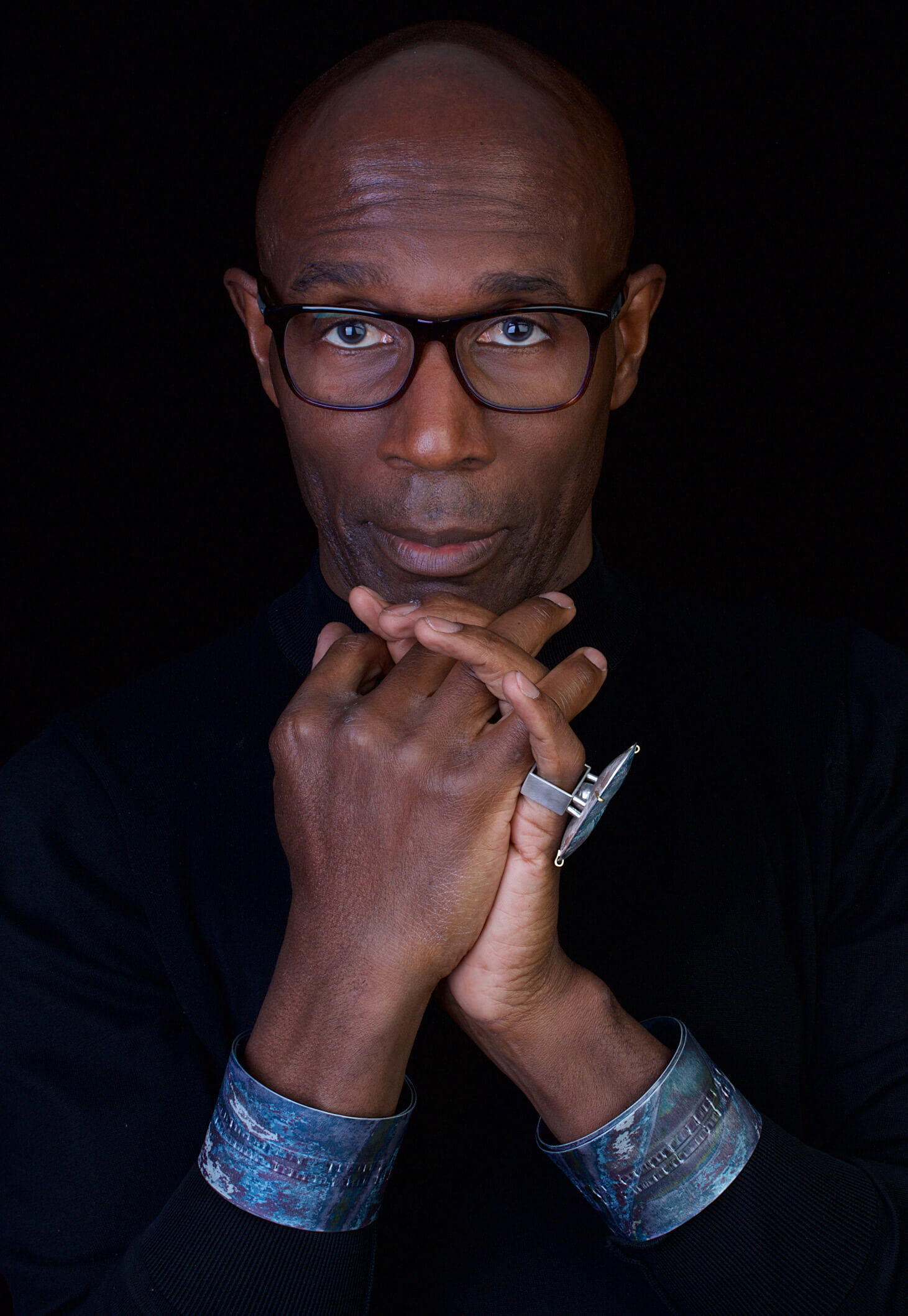
Robert Taylor wearing Jane Adam dyed anodised aluminium bangles and Jane Adam ring
COURTESY: Robert Taylor
“There is a thoughtful angularity in what I look for in a piece of jewellery which is epitomised in the work of British jeweller Jane Adam. My latest treasure is a ring she made for me that feels like a Zaha Hadid architecture study. It has an angular band and the top is formed from a pearl set in its own tower which floats beneath this kind of dome. Like all Adam’s work, it is striking, sophisticated and interesting, but it doesn’t shout.
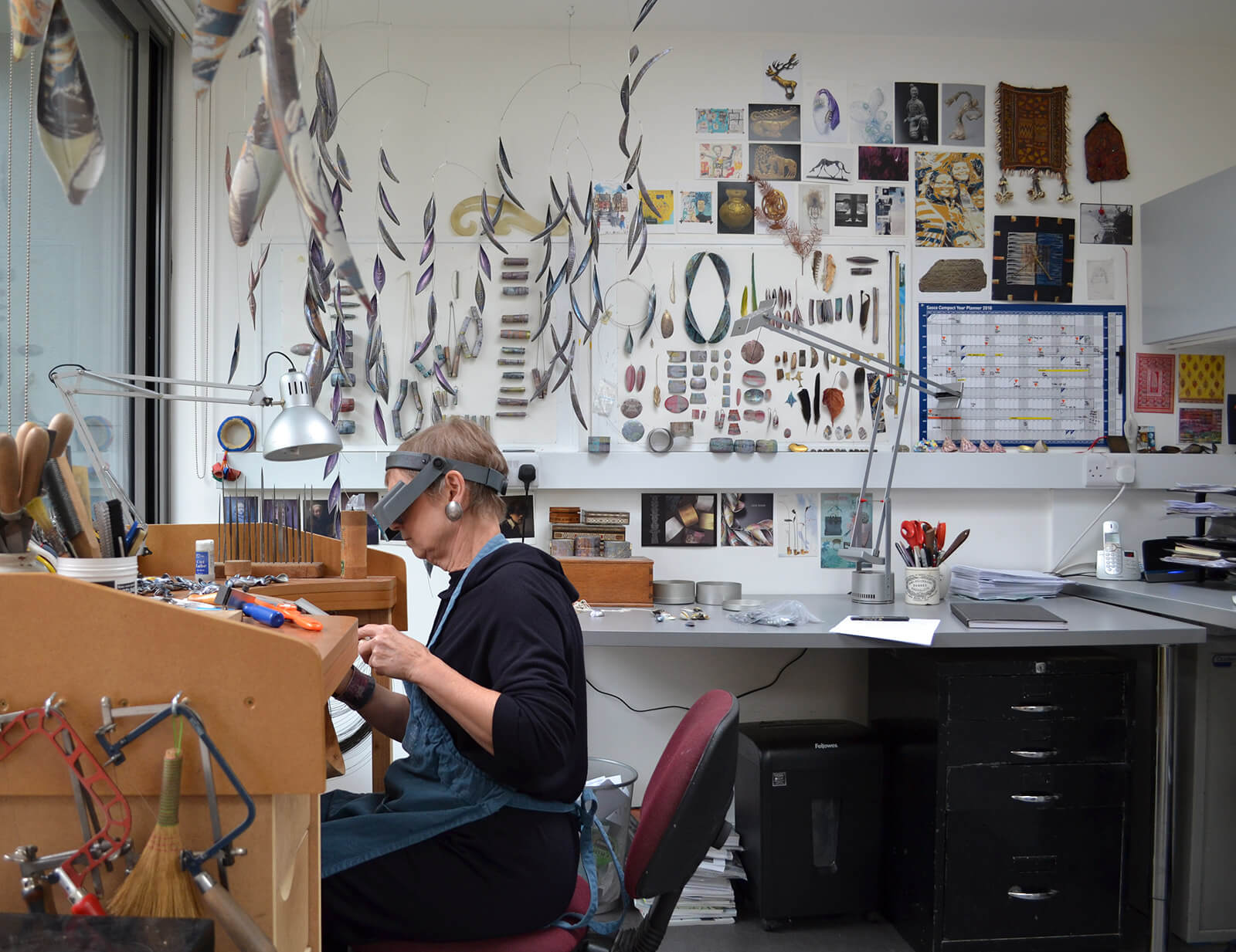
Jane Adam at work
COURTESY: Cockpit Arts / © Alun Callender Photography
I started collecting jewellery when I became a freelance photographer around 30 years ago. It was a major change of direction (I’d been in the military, the law and academic publishing), and it opened the floodgates on all kinds of different ways of being expressive. I don’t know how many pieces I own now, but it is a lot, and everything is to be worn.
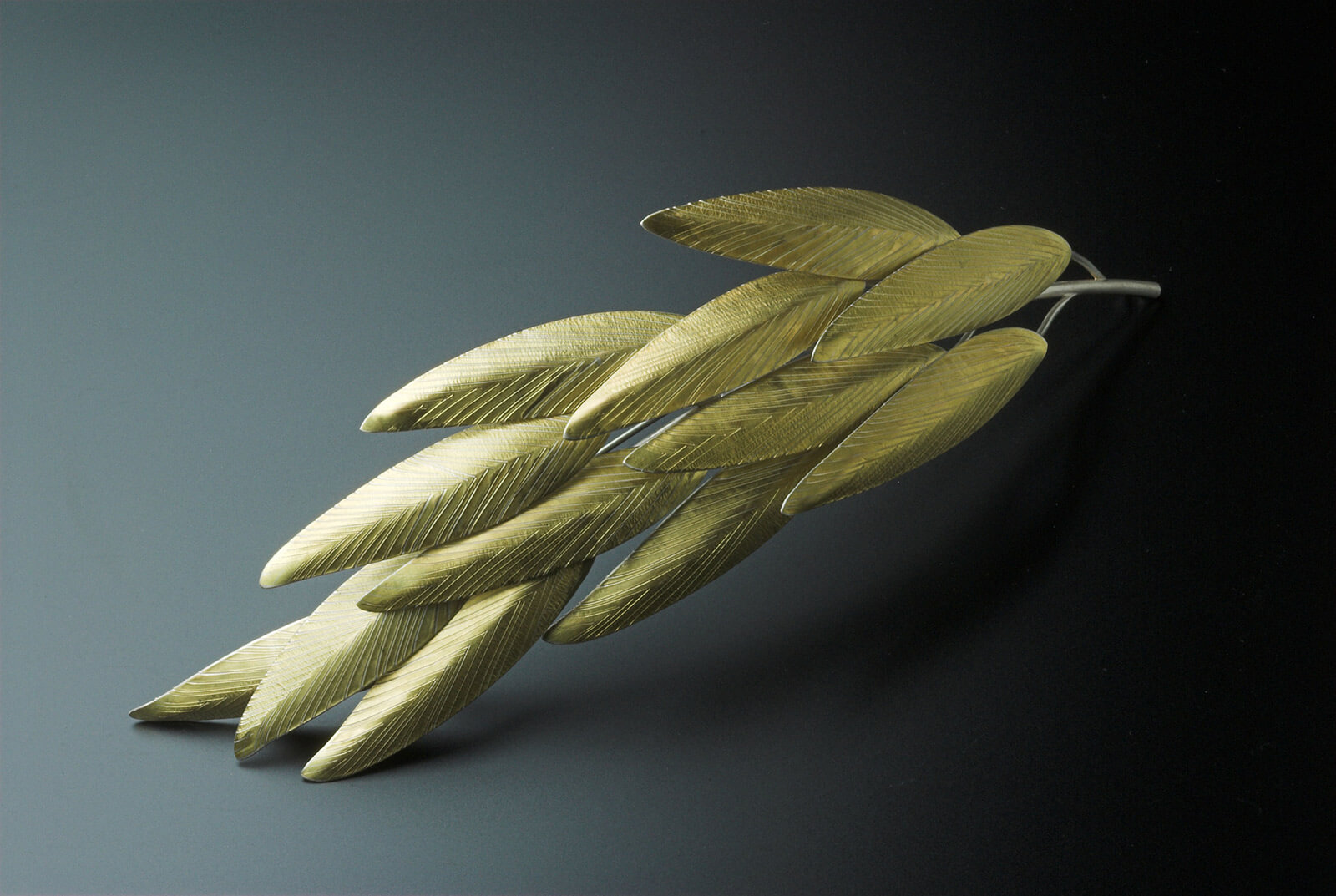
Jane Adam, ‘Large garden brooch’
COURTESY: Jane Adam / PHOTOGRAPH: Joel Degen
I’m drawn purely by the aesthetic, by the way the piece sits as an adornment to a restrained but very particular way of dressing, and I buy what catches my eye, whether that’s a heart-shaped, mirror glass brooch by Andrew Logan, or a Tuareg magic square pendant.
Most jewellery is made with women in mind and men wearing jewellery is still something of a separate frontier. I enjoy playing with people’s ideas of what’s appropriate.”
Goldsmiths’ Fair – featuring 130 fine jewellers and goldsmiths this year, is the UK’s best selling event for designer-led contemporary jewellery and silverware.
